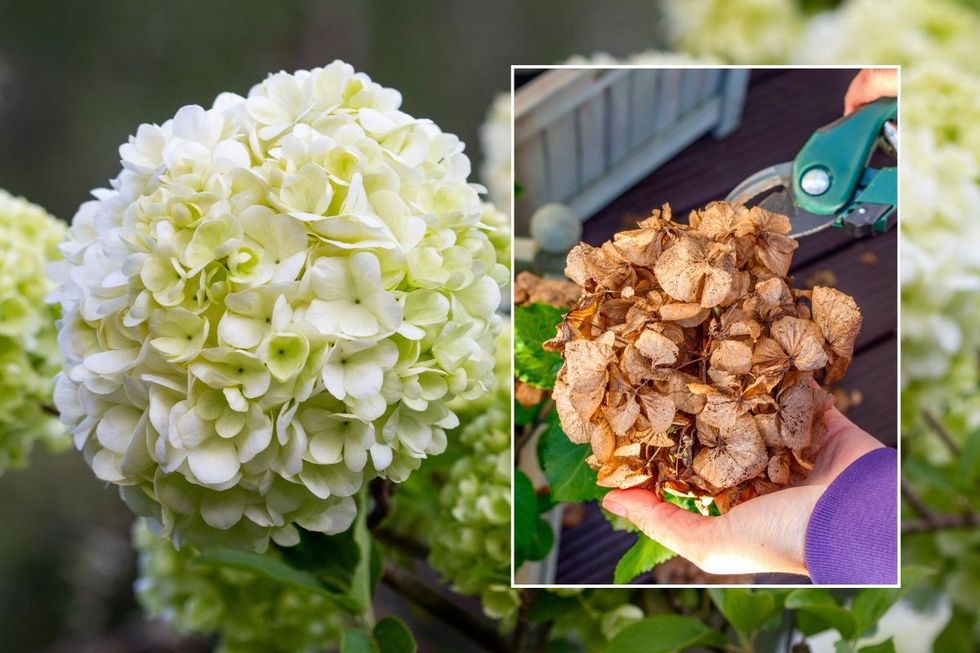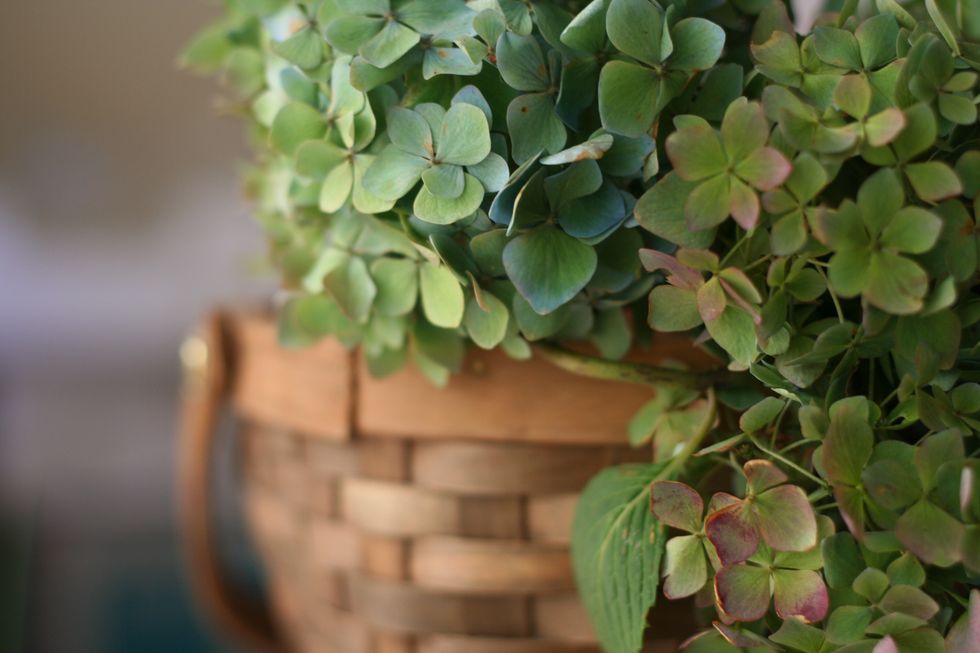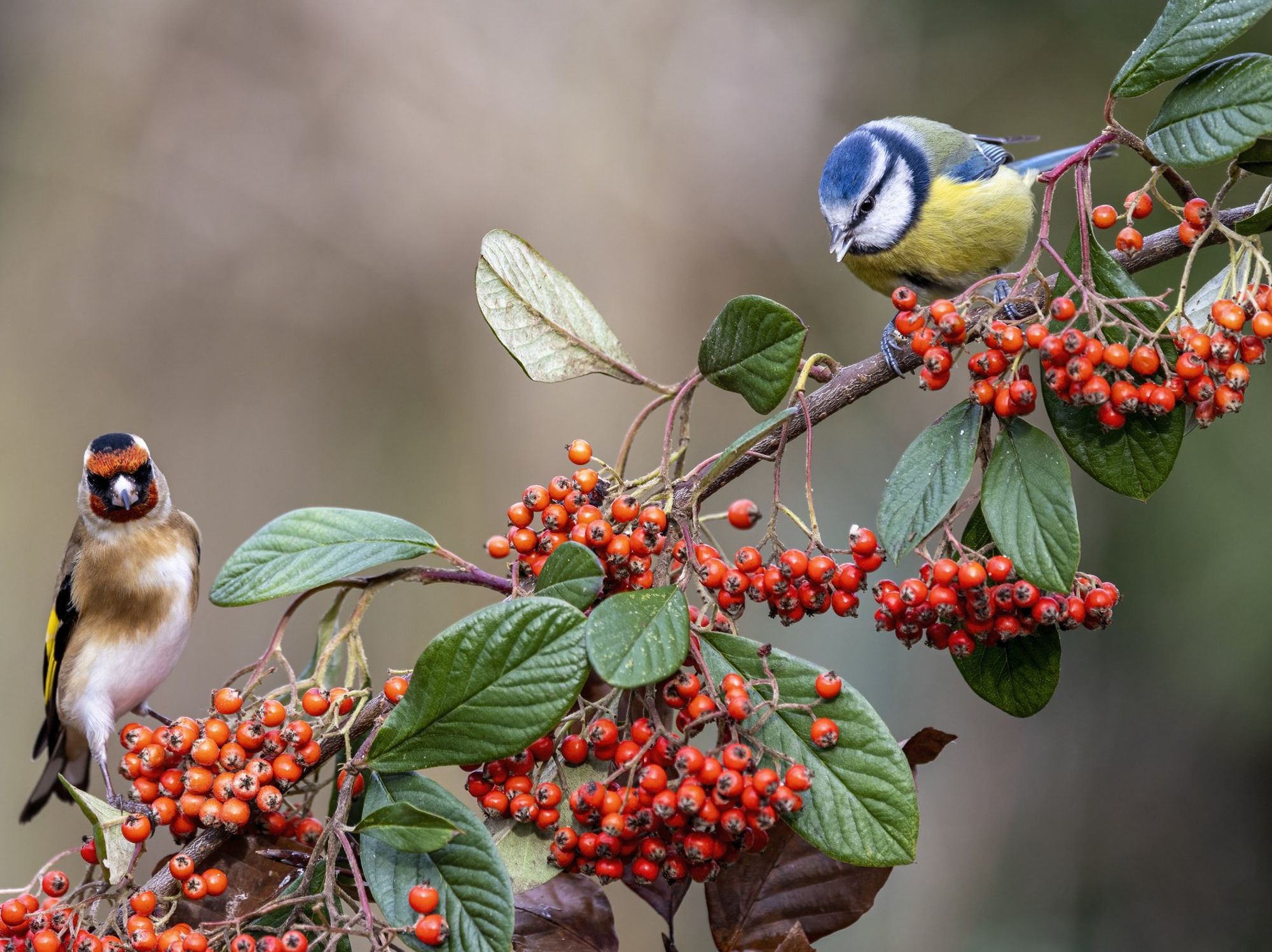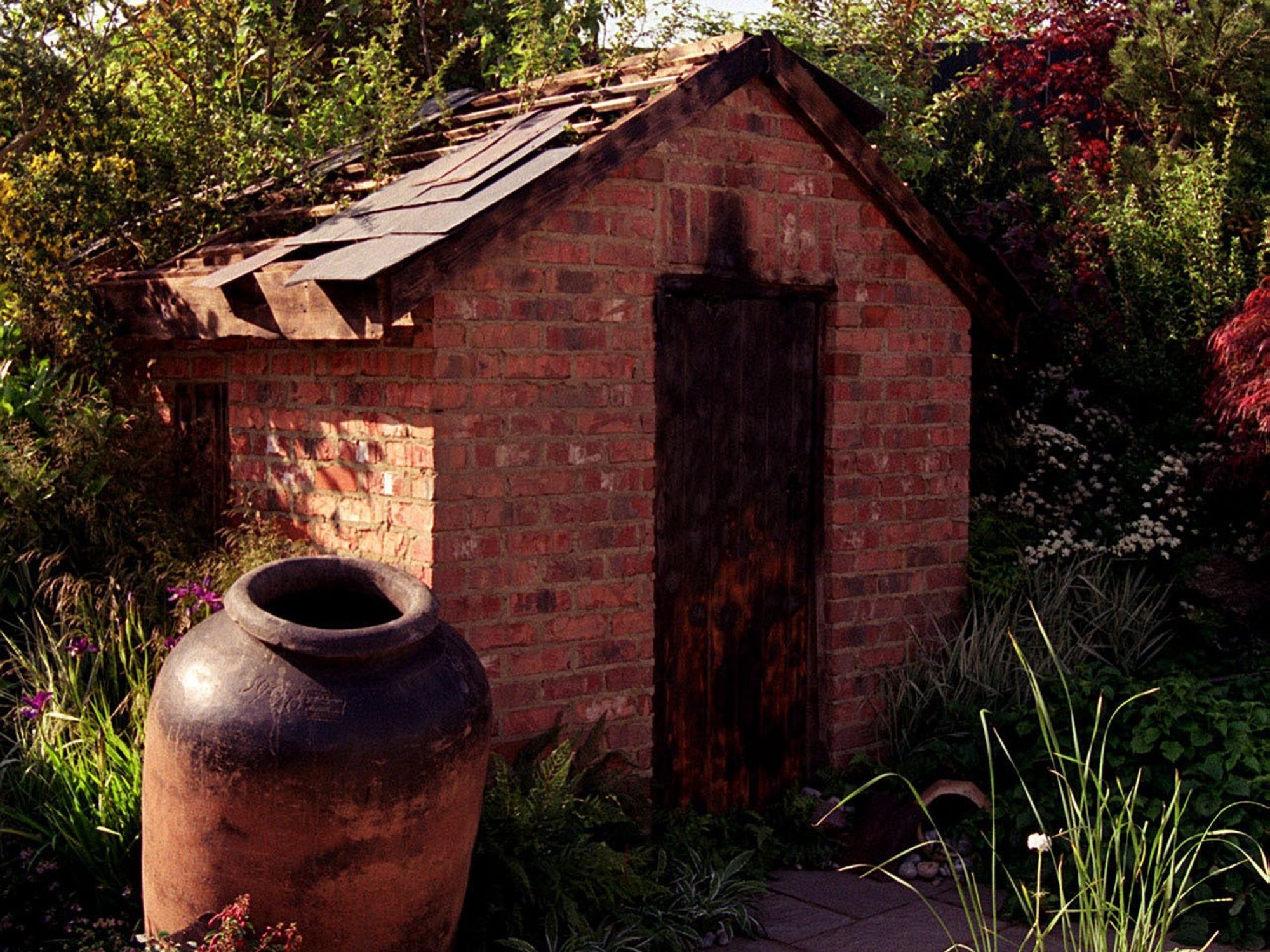Hydrangea varieties to prune in April for a ‘better flowering display’ and ‘vigorous new growth’

Two varieties of hydrangea will produce a flush of colour if pruned in the coming weeks
Don't Miss
Most Read
Hydrangeas, including the beloved lace cap and mophead variety, produce clusters of delicate petals in pink, blue and purple.
To get the most out of the seasonal displays, however, gardeners must learn to prune the flowers adequately.
Most pruning of hydrangeas is done in the earlier stages of Spring, but the mophead variety benefits most from being trimmed in April and the beginning of May.
The Royal Horticultural Society notes: “Hydrangeas flower from mid-to-late summer on the previous year’s growth.

Gardeners should not touch climbing hydrangea until they've flowered
|GETTY
“Mophead and lace cap hydrangeas will bloom satisfactorily with little attention, but annual pruning encourages new vigorous growth and a better flowering display.”
How to prune hydrangea?
As a rule of thumb, gardeners can cut back their blooms back to the first pair of buds below a flowerhead.
Larger branches can also be trimmed if they’ve started outgrowing the space available, and any flower heads that are dead, damaged, diseased, thin or weak should also be trimmed.
When pruning hydrangeas, it’s critical gardeners do not make the mistake of trimming climbing varieties that should be pruned after flowering.
“While most hydrangeas are pruned in early spring, climbing hydrangeas are the exception and should be pruned immediately after flowering in summer,” note the experts at Thompson and Morgan.
How do hydrangeas fare in the sun?
According to the Royal Horticultural Society, bigleaf hydrangeas can be grown in full sun as long as the environment is cool and moist.
“Where summers are hotter or dry though, these hydrangeas appreciate morning sun and afternoon shade,” the establishment adds. “Growing these in too much shade will result in fewer hydrangea flowers or none at all.”
It comes as gardeners have claimed that, with prolonged use, several natural ingredients can change the colour of hydrangea, including coffee grounds, eggshells and vinegar.
This is because the coffee grounds will make the soil more acidic, allowing the hydrangea plant to absorb more aluminum from the soil.
Craig Morley, a gardening expert from Budget Seeds, told GB News: “Some gardeners have claimed that adding coffee grounds to the soil turns their hydrangeas blue.”
LATEST DEVELOPMENTS

Pruning Mophead hydrangea in April encourages new growth
| GETTYSome gardeners have claimed to turn their hydrangeas blue by adding vinegar to the water they use to water their soil, according to Craig.
Craig added: “Changing the pH level of the soil in your garden can take around three months, or potentially up to 18 months.
“Once the pH level has increased or decreased enough to change the colour of your hydrangeas, you will still need to keep applying whatever you were using to the soil so that they retain this colour.
“You can try adding it to the soil when you first plant hydrangeas, but you are unlikely to see a colour change from this until the following year."










